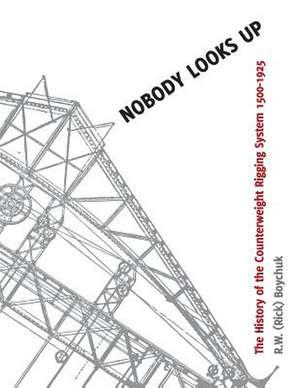Nobody Looks Up
Autor R. W. (Rick) Boychuken Limba Engleză Paperback
Preț: 350.09 lei
Nou
Puncte Express: 525
Preț estimativ în valută:
67.00€ • 69.42$ • 55.91£
67.00€ • 69.42$ • 55.91£
Carte tipărită la comandă
Livrare economică 22 martie-05 aprilie
Preluare comenzi: 021 569.72.76
Specificații
ISBN-13: 9781508438106
ISBN-10: 1508438102
Pagini: 250
Dimensiuni: 216 x 279 x 13 mm
Greutate: 0.59 kg
Editura: CreateSpace Independent Publishing Platform
ISBN-10: 1508438102
Pagini: 250
Dimensiuni: 216 x 279 x 13 mm
Greutate: 0.59 kg
Editura: CreateSpace Independent Publishing Platform
